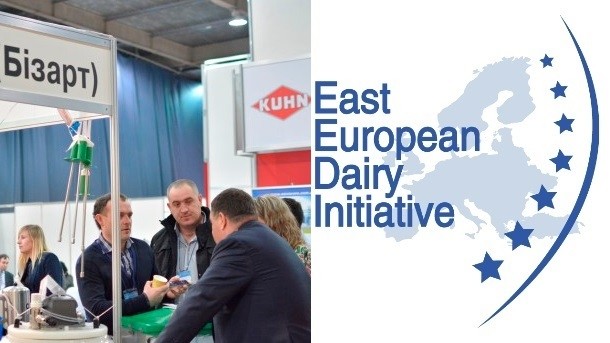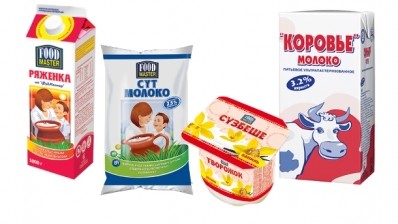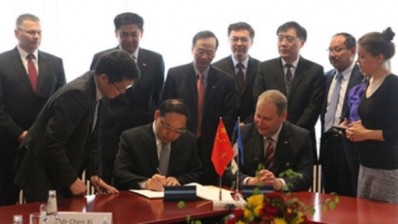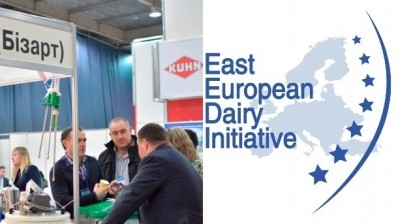East Europe Dairy Congress held in Kiev

Organizers said that it enabled sharing best practices and success stories about upgrading sector standards as well as discussing opportunities and constraints for consolidation in dairy business.
Dairy Policies and Economics
The first session on policies and economics within the region focused on global and regional challenges in the dairy sector for Central and Eastern European (CEE) countries.
Andriy Dykun, from the Ukrainian Agricultural Council, outlined the main challenges of the Ukrainian dairy sector, driven by the lowest milk price in the world, a Russian food embargo and the low purchasing power of Ukrainians.
Andriy Yarmak, from the Food and Agriculture Organization of the United Nations (FAO) gave a report on milk supply and demand fluctuations in Ukraine. He said there are 1m tonnes of extra milk in Ukraine, which can be exported to the international market. However, he said, export is still limited by poor international marketing, exclusive orientation to the CIS (Commonwealth of Independent States) markets, and the low quality of milk supplies.
Opportunities for export
The challenges for CEE countries in the industry were highlighted by Nico van Belzen, from the International Dairy Federation in Belgium. He said global milk production will increase by 23% up to 2024, 75% of which will be in the Asian region.
He noted that China will boost self-sufficiency in milk production and that India will strengthen its position as a dairy exporter. In this context, CEE countries will be able to increase cheese export to China and Indian as emerging markets.
Oleg Dubish, from the Polish-Ukrainian Chamber of Commerce noted that Poland has upgraded its dairy sector standards since EU integration. Before joining the EU, Poland was a net importer of milk. Now, more than 30% of milk and dairy products are exported.
Ukrainian cooperatives
Some of the international presenters shared best practices and success stories in cooperative development.
Viktoria Zinchuk, from the European Bank for Reconstruction and Development (EBRD) announced the launch of a joint EBRD/Wageningen University project on the transfer of best international practices, particularly in cooperative development to Ukraine.
The constraints and challenges facing cooperative development in Ukraine were highlighted by Maksym Maksymov, of the Dnipropetrovsk Agricultural Advisory Service, Ukraine.
He talked about the imperfect legal framework, unequal tax conditions and access to state support for various forms of cooperation (production and service), all of which restrict the development of dairy cooperatives.
Eastern European countries compared
The Dairy Farming: Challenges and Risk Management section looked at the key drivers of an efficient dairy business, based on study case of Ukraine, Estonia, Serbia and Georgia.
Denys Sergienko, Advisory Center of Association of Milk Producers, in Ukraine, presented comparative financial analysis of dairy farms in the selected countries. The data show highest cow productivity in Estonia, where the average daily milk yield is 33.1 liters per cow. It is followed by Serbia, with 23.1 liters, Ukraine at 22.9 liters and Georgia, with only 11.1 liters. Ukraine has the lowest production cost, at $0.20 (€0.18) per kg of milk.
Regional export
The participants talked about regional opportunities in the world dairy market.
Jiří Kopaček, from the Czech and Moravian Dairy Association, forecast global developing competition. In the context of the global dairy downturn, he said CEEs have opportunities to find market niches in developing countries by exporting value-added products and convenience food.
As an example, Zenon Puciaty, from the Polish dairy cooperative Mlekovita, spoke about the cooperative, which produces milk powder, whey, cheese and whole-milk products. The share of exports for the cooperative accounts for 25%, with anticipated expansion to the markets of China, the Middle East and other Asian countries.
There was also a special session dedicated to goat milk, and associated products, at the congress.







